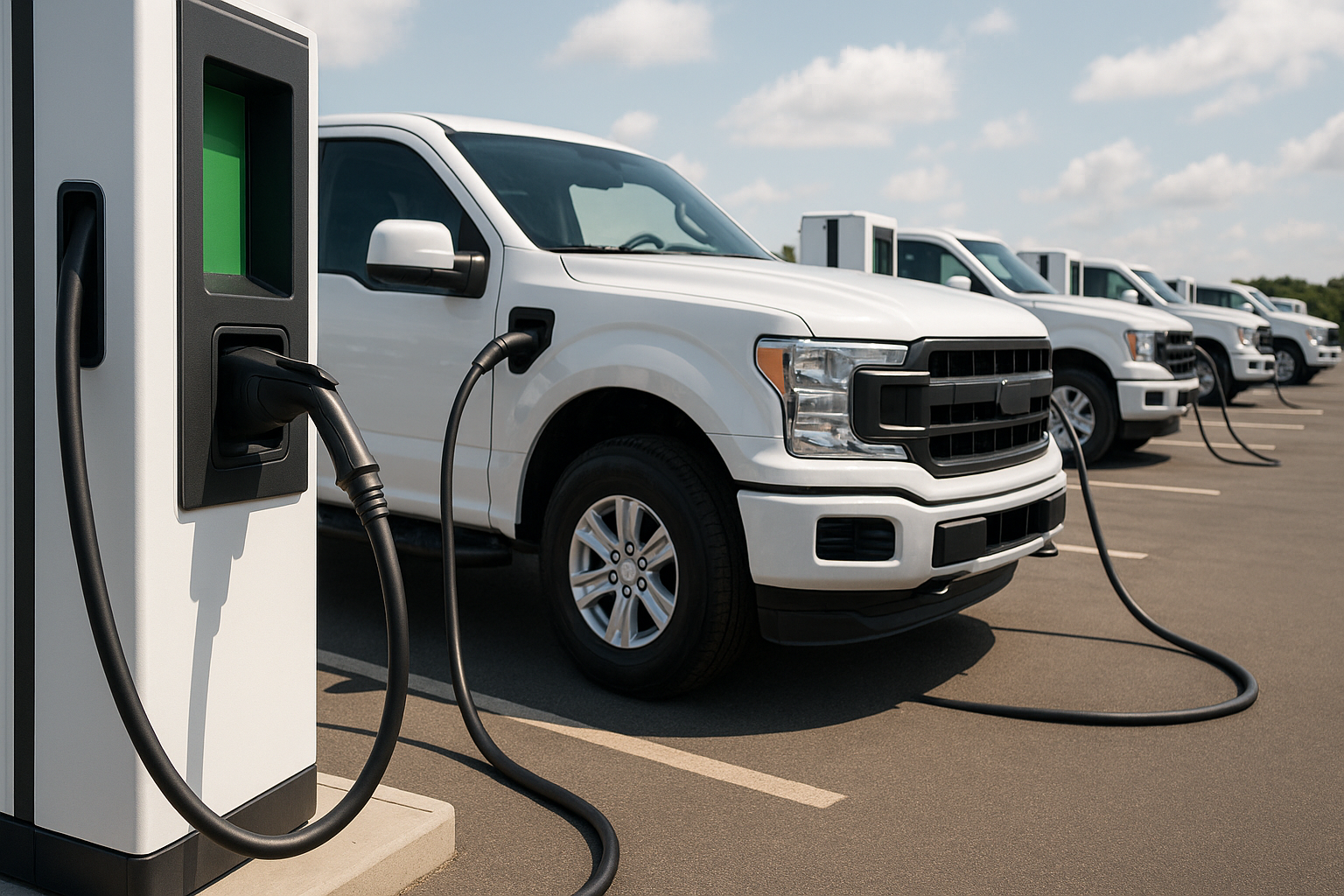The Importance of Electric Vehicle Roaming for India

The CEEW Centre for Energy Finance (CEEW-CEF) and eDRV have come together in an initiative to shape the interoperability of electric vehicle (EV) charging in India. This piece is the third and final in a series of blog posts on the topic.
Charging infrastructure is often cited as a significant barrier to electric vehicle (EV) adoption in India. While considerable policy and industry attention has been paid on charging station availability, its usage has not received commensurate interest. EV roaming improves the charging experience by bridging the gap between consumer expectations and industry offering, making charging stations easy to find and use – irrespective of the network in which they operate. This blog post discusses the importance of EV roaming for India.
Earlier posts introduced EV roaming and discussed its potential impact on the EV ecosystem. Next, we must place roaming within India’s unique EV charging needs. India’s e-mobility plans prioritize shared, public, and commercial transport, like electric two-wheelers, three-wheelers, and buses. Each use case and vehicle type has different charging requirements. Rather than implementing EV roaming in all kinds of charging, a prudent approach will be to lead with the most viable segment. Therefore, we suggest focusing on wired charging at public stations for interoperability.
The importance of EV roaming becomes clear when we realize the expectations of current and potential EV consumers. It starts with availability, i.e., making public charging available for everyone, irrespective of application, platform, or subscription. EV roaming connects charging stations from multiple charging providers, making public charging available regardless of travel distance or regional boundaries.
The next challenge is discoverability: consumers expect public charging to be easy to find. India has more than 20 charging providers and almost all display their stations only on their mobile apps. These information silos breed a perception of shortage – both for existing drivers and potential EV buyers. Even if the cumulative number of charging stations were to rise, segregation of information would discourage drivers from relying on public charging and deter buyers from choosing EVs. EV roaming aggregates charging stations in one place.
Moreover, there is no definitive database for public charging stations in India. Though the government is trying to solve this through a regulatory ‘push’, EV roaming offers a more elegant ‘pull’ by incentivizing charging providers to exchange information for commercial benefit. Breaking down barriers to the exchange of information can make the combined public charging network greater than the sum of its parts.
Information access is critical to consumers. Each EV player uses separate channels to communicate with their users – charging providers with apps, car manufacturers with dashboards, and governments with lists. Ideally, charging information needs to be visible on numerous platforms (for example, display screens of chargers, the internet, car dashboards, and mobile apps) and in multiple iterations of the same platform (for example, various mobile apps). EV roaming makes it easy to cross-publish static and dynamic data in real time, helping consumers access accurate and up-to-date information from the source of their choice.
Consumers also want charging technology to be easy to use and require minimal technical know-how. Today, consumers have to undergo a steep learning curve to differentiate between five different types of charging plugs. Charging softwares should avoid this confusion. The need of the hour is a universal standard in roaming software. Standardizing technology will reduce the complexity of EV charging, making it more user-friendly.
Figure 1: Roaming blurs the boundaries between public and private charging

As EV roaming gains traction, it will increase the pool of charging stations available to the public. Fleets are early adopters of EVs in India; they are building significant charging infrastructure for self-use. Similarly, many electric two- and four-wheeler manufacturers install home chargers for their customers. EV roaming offers a reliable pathway to open such captive chargers to the public, generating additional revenue for owners with minimal effort.
The government has directly or indirectly supported most public charging stations established up to date. The government should mandate that charging stations set up with public support be EV roaming-ready. Policy interventions may also mandating standard protocols in tenders, creating open databases for public charging, and opening public charging stations to third-party aggregation.
EV roaming can be an opportunity to forge consensus within the EV industry. The charging market is witnessing increased competition with an ever-increasing number of charging providers. However, the real competition for EV charging is not within the industry but against fossil fuels, which charging cannot displace without a certain degree of cooperation. EV roaming offers charging providers a means to work together to further customer communication and government regulation, benefitting the industry.
Any discussion on the EV industry cannot ignore the export potential of products developed in India. India is a global leader in software development, automobile manufacturing, and auto ancillaries, and the government has communicated its intention to extend this leadership into EVs. Implementing global charging standards in India will qualify homegrown chargers and charging software for exports. India can create jobs, build domestic expertise, and expand its global leadership in automobiles by aligning Indian standards with international norms.
The Indian charging market is in a fledgling state; this offers an unforeseen advantage in advancing interoperability. The introduction of roaming arrangements will minimize turf wars between players, placing them on an equal footing and creating an environment for the impartial deliberation of technology, business, and policy.
In summary, India has prioritized sharing and connectivity in its electric mobility plans. EV roaming extends the principles of interconnection to EV charging, making the infrastructure a public good.


.png)

.jpg)


